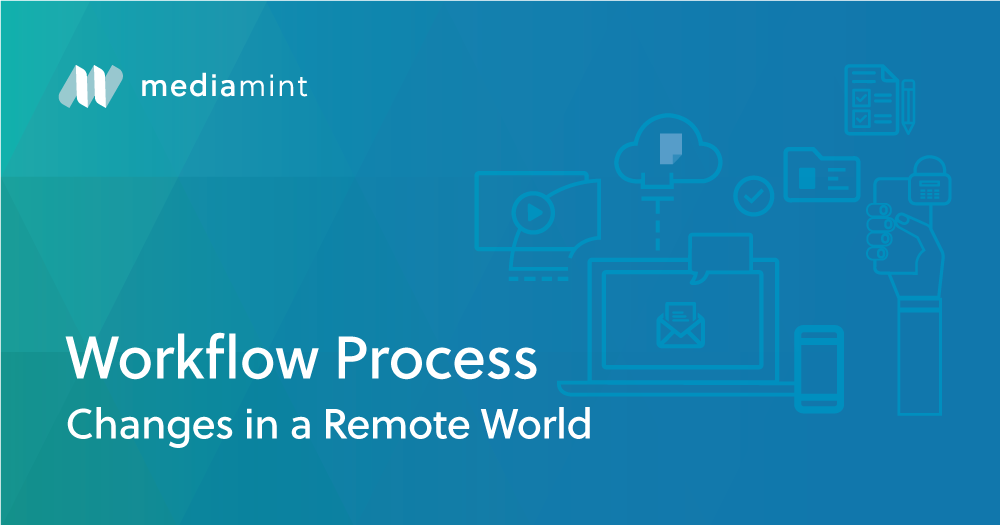In 2008, Warren Buffet observed to his shareholders that “only when the tide goes out, do you find out who has been swimming naked.” Buffet used that phrase to refer to people who had made bad investment decisions revealed only during the financial meltdown–anyone can be a genius in a bull market.
The tide went out abruptly in the advertising and media ecosystem when coronavirus suddenly overcame large cities in New York and California, and companies of all sizes were forced to operate remotely. Some, like MediaMint, switched over almost without a hiccup, while others lost productivity and opportunity as they grappled with old school inefficient workflow management tools like Excel and one-off insertion orders.
Most companies in the marketing space still use tech solutions that don’t talk among themselves. For example, they may use Salesforce to track leads, but Monday for project management, and perhaps Teams or Slack for collaboration. For calendaring, they rely on Google calendar or Outlook. At the end of the day, it’s still another solution for data analytics. In the office, we could work all these communications shortfalls out. But now we need everything to connect across silos to increase collaboration in real-time and maximize business value while we juggle homeschooling, work, and our own mental health.
Thus, the virus has accelerated the adoption of new workflow tools for the media industry in much the same way it has done so for health care and education.
Although “programmatic advertising,” or buying through automation has been around for the last decade, many media companies were slow to adopt it, preferring to talk on the phone and then submit an I/O. Because media and advertising are essentially creative industries, workflow process automation comes to them only under duress.
This spring defined duress. All of a sudden, the world began to operate asynchronously, and the importance of tools like Trello, Teams, Slack, and Zoom exploded. And all of a sudden, it seemed, there was a need for a suite of tools located in the cloud that could talk to all of them, driving workflow across all the existing organizational silos. The best of these tools allows employees all over the world to log in and find out what they need to do and when to do it.
Most media companies do have collaboration tools. But they tend to be internal to the company. The best workflow management tools are ones that can include players inside and outside the organization. For a media company that can include creatives, production companies, advertising partners with insertion orders, calendar management, and analytics.
This is where a product like the beloved Excel, long the favorite of enterprises of all kinds, falls short. It doesn’t talk directly to other tools used in the process of guiding an ad from the advertiser’s decision to buy to the media company’s process of showing the ad, to the reporting of analytics.
During our 10 years in business helping companies scale, we have become experts in the workflow management tools used by our clients so we can support them. We have also found out what happens when established brands go into new markets, like beginning to advertise on Instagram or TikTok. Without the right workflow for distribution, they don’t have the right tools to unlock the opportunity.
We spoke to Elkanah Reed, a developer of enterprise workflow solutions for the media business, about how difficult it is to scale a company without someone who can help scale the back-end operations. That’s what we do for our clients. We’re testing his new product, WORKOPTI, a cloud-based layer that connects individual services like Legos. He told us, “there are opportunity costs as we switch between interfaces. WORKOPTI is a set of pipes in the cloud that works with any other existing software to establish seamless collaboration.”
WORKOPTI can pull anything from RFP automation, revenue management, inventory management, rating services, or any other part of the business into a unified executive dashboard. Manufacturing companies have had this for years under the name “enterprise resource planning.” We’re all about quick and efficient scaling, and that’s why we are constantly looking at new solutions to make our clients’ businesses grow faster. Stay tuned for the results of our beta test.


Recent Comments